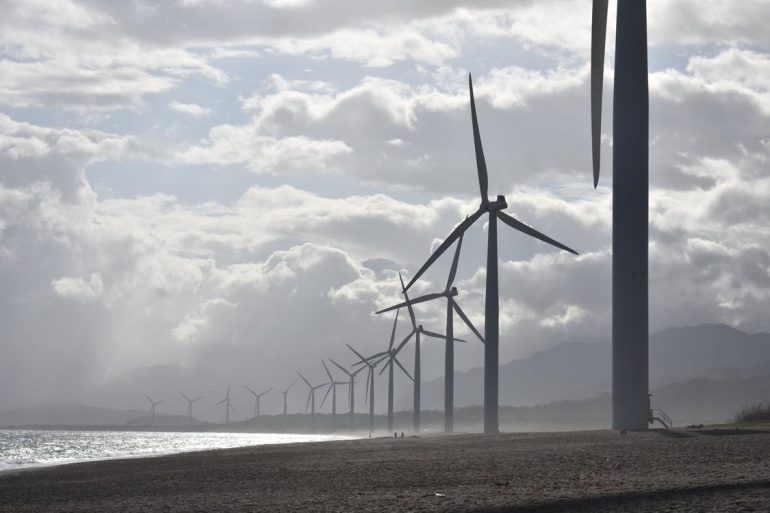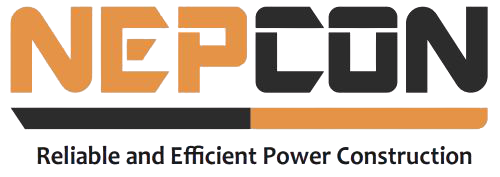
Wind energy is likely to play a larger role in power generation portfolios in the coming years. Customers will confront a difficulty in planning, implementing, and integrating wind projects across the social, environmental, and technological context. With experience, technical, and business expertise, Nepcon provides wind and solar electrical and mechanical installation service in Pakistan. Due to increasing power tariffs and growing diesel fuel prices, one of the key problems for pumping water through tube wells is energy.
The cost-effectiveness (both capital and operating and maintenance) of solar and wind-powered micro-irrigation for smallholdings is critical. Solar and wind energy systems could be used to generate electricity for home and agricultural usage, as well as pump water for irrigation.
Solar and wind energy, for example, are available to meet the country’s expanding energy needs. These systems can be used without fear of running out of fuel or power transmission cables. Wind and solar energy are renewable sources of energy.
With over 250,000 MW built globally, wind energy is one of the fastest expanding renewable energy markets. Wind turbines are a low-cost, well-established technology that come in a variety of sizes ranging from hundreds of watts to multi-megawatt monsters.
Wind turbines are integrated into main electrical grids in huge wind farms or as individual devices on smaller systems.
By 2030, Pakistan wants to generate 30% of its electricity from renewable energy sources such wind, solar, biomass, and small-scale hydro. As the use of renewable energy grows, integrating wind turbines into existing electrical infrastructure becomes increasingly difficult. To address the needs of customers, the Nepcon team analyses their wide expertise of electrical and mechanical installation across all system sizes. Pakistan is blessed with vast solar, wind, hydro, and biomass resources, and if these resources are adequately utilized, it can easily meet its expanding energy demands.
The benefits of wind energy are more obvious than the drawbacks. The major benefits are an endless, free, renewable resource (the wind), economic value, maintenance costs, and wind harvesting facility placement. Wind, first and foremost, is a limitless, free, and renewable resource.
Solar energy is pollution-free and can partially replace traditional energy sources. It comes in large numbers and is completely free. In Pakistan, the yearly average mean daily sun radiation on each square meter area ranges from 4.7 to 6.2 KWh. Mechanical engineers studied how to improve the design of wind turbines, and similar advances have been made in solar and geothermal power, as well as at every level of renewable energy development. The renewable energy sector has seen significant expansion, thanks to both technological advancements that make it possible to tap new sources of energy and global pressure to switch to clean energy.
